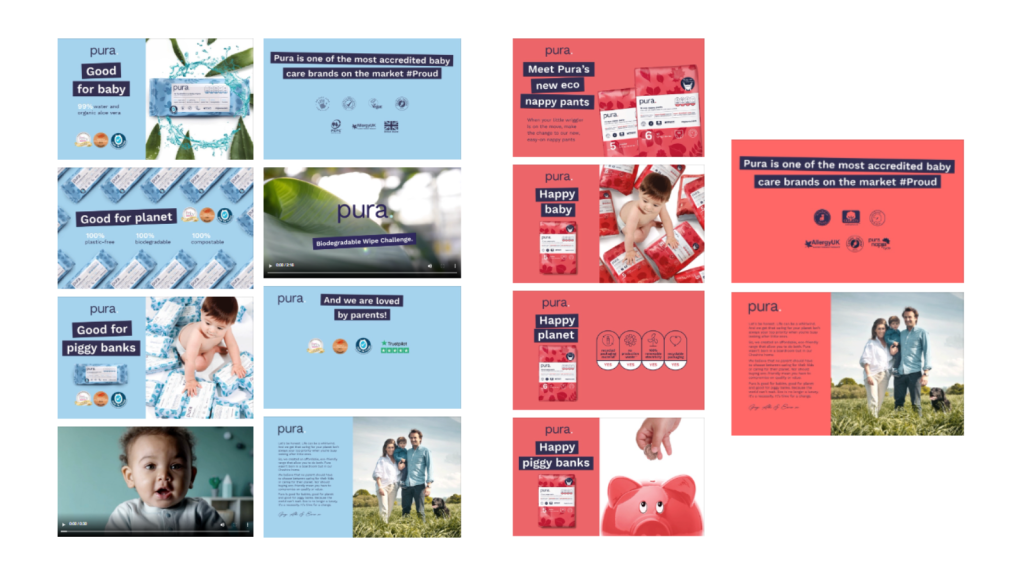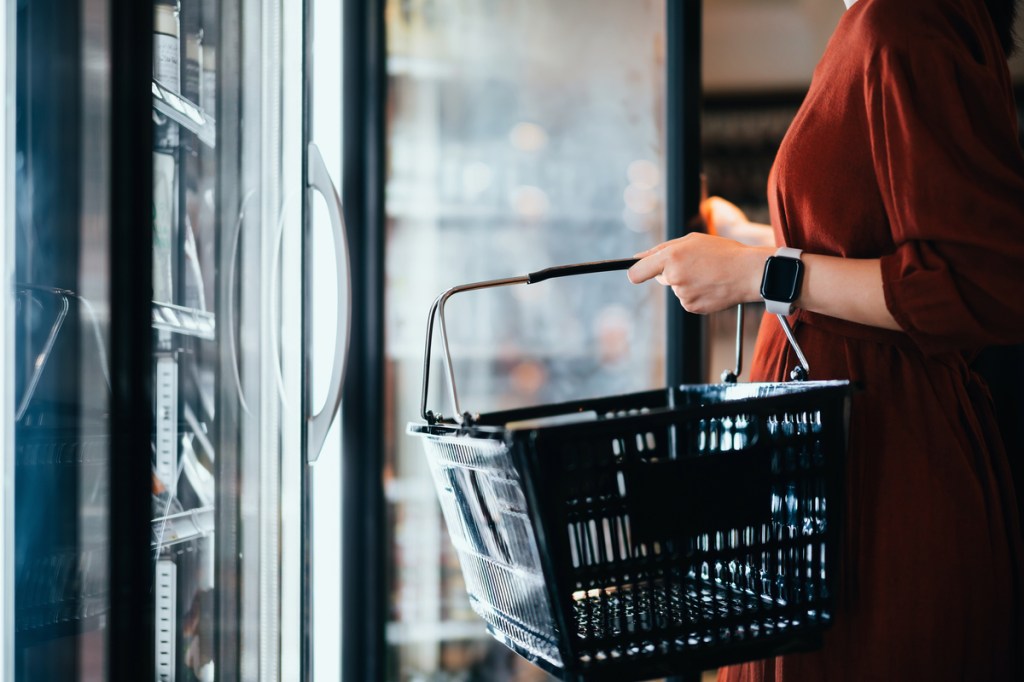Sustainability is more than just packaging
For many years, the CPG industry thought of sustainability in terms of packaging — reducing single-use plastics and disposable items became causes for shoppers, brands, and retailers across the world.
Today, shoppers expect more. They consider the impact of a product wholistically, often educating themselves online and assessing ingredients, the manufacturing process, and even the supply-chain impacts on the planet before making a purchase.
This behavior applies to everything from food, beers, wines, and spirits (BWS) to self-care and well-being products.
A growing number of shoppers (46%) want brands to take the lead on creating the sustainable change they’re looking for.
What is a sustainable attribute?
Sustainable attributes can refer to a variety of product information points that shoppers are using to make their purshasing decisions. This includes the ingredients, formulas, packaging materials, environmental impacts, recycling information and more.
However, NIQ data shows that 26% of shoppers find it difficult to find sustainable products on the digital shelf. It’s clear that brands and retailers need to make it easier for shoppers to discover and purchase planet-friendly products by making their sustainability attributes accessible on a product page.
Those that do will be rewarded with new shoppers — NIQ data shows that almost two thirds of shoppers would switch from a brand they usually buy to one that provides more in-depth product details than what exists on the physical label.
So, how can brands transform their product information into engaging, digestible content?
Rich Media: Images, Videos and GIFs
Research indicates that 90% of information processed in the brain is visual. Including compelling visual elements on a product page to highlight and showcase specific product attributes is a great way to connect brands with shoppers online.
Illustrating product information with an engaging graphic, GIF or informative video leads to a more personalized shopping experience, allowing the shopper to interact with product content. Amazon reported that it saw a 5%-20% sales lift on pages featuring its in-house form of enhanced product content called “A+ Content.”
Brands like Pura, a leading brand in the sustainable baby product category, have translated their product information into highly digestible visual graphics that sit on their product pages on retailer Asda’s website. This includes a range of videos, rich imagery, and graphics that highlight Pura’s sustainability attributes and accreditation, information that parents will be interested in when searching for baby products.

Iconography
Not every shopper will have the time to engage with page content, many simply don’t want to scroll through big blocks of text. It’s likely that if your brand doesn’t offer a simple complement to rich media, shoppers will seek out brands and products that do.
Easily identifiable iconography and symbols can help shoppers recognize sustainable attributes immediately.
Target’s ‘At a glance’ section featured on Product Description Pages across the website makes good use of icons. Clear, colorful icons can be found across Target’s website, making it easy for shoppers to shop across categories whilst being able to identify the attributes they want applied to their entire shopping basket.

We know that one of the biggest barriers to online shopping is the inability to physically hold and inspect a product. Online labeling is just as important as physically labeling a product with sustainable iconography.
Your next steps:
- Detail your attributes.
You’ve gone to the effort and work of making your product planet-friendly, even adding these onto your product packaging for in-store shoppers to consider. But now it’s vital to capture those who are shopping online.
Uploading and updating all of your products’ vital attribution to your product description pages is the best way to stay on top of shopper demands and answer their questions efficiently.
- Work out the best way to communicate them to shoppers.
Not all possible elements of a product page will work well for every product. That’s why it’s important for brands to consider what works best their individual product catalogs. Some products will suit rich media elements like GIFs, videos, product tours, comparison tables and more, while others will simply be supported by further imaging or iconography.
Retailers can support brands and the overall shopper experience by supporting the implementation of rich media and iconography in the structure of their product description pages.
- Consider working with a single-feed end-to-end solution to make sure your data is up-to-date, correct, and consistent across the omnichannel experience.
In today’s omnichannel climate, products and product information exist in multiple spaces, and keeping them consistent across the shopper experience can be a challenge.
Leveraging a single data feed wherever possible can ensure that all product content is accurate and up to date everywhere a product exists. This contributes to brand consistency and ultimately develops trust between the brand and their shoppers.

One solution for all your digital content needs
Understanding the current challenges and choosing the solution that suits your need are two important steps to win on the digital shelf.
NIQ Brandbank is committed to being your one-stop-shop content solution provider, providing you with best-in class certified digital product content, and one solution for all your omnichannel product content needs.



